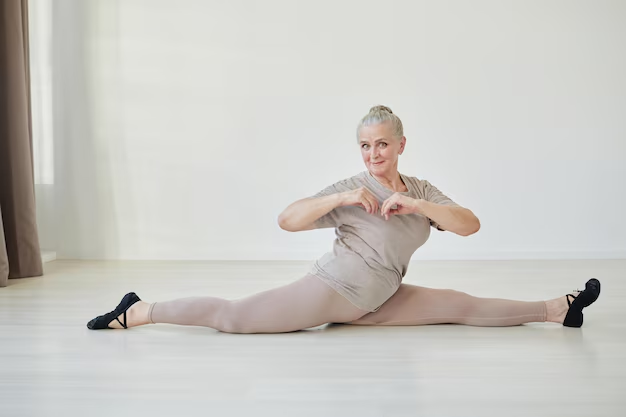Discover the Joy of Music and Dance Classes Made for Seniors
In a world that often glorifies the hustle and bustle of youth, music and dance offer timeless benefits that transcend age. Seniors, in particular, can reap significant rewards from embracing rhythm and movement. Whether it's the physical boost of graceful movements or the mental uplift from melodic tunes, music and dance classes are becoming increasingly popular among older adults. Here’s everything you need to know to start your journey.
The Benefits of Music and Dance for Seniors
Physical Health: Engaging in dance can improve cardiovascular health, enhance balance and coordination, and increase strength. For seniors, these benefits are life-enhancing, promoting independence and reducing the risk of falls.
Cognitive Enhancement: Learning new dance steps or musical notes stimulates the brain, helping to keep it sharp. Engaging with music and dance can improve memory, concentration, and even delay the onset of cognitive decline associated with aging.
Emotional Well-being: Music and dance classes provide a social outlet, helping seniors build new friendships and combat loneliness. This sense of community can significantly enhance mood and reduce symptoms of depression.
How to Get Started with Music and Dance Classes
Choose the Right Class: Look for classes specifically tailored to seniors. These classes often have a focus on gentle movement and consider physical limitations, ensuring a safe and comfortable environment.
Consider Personal Preferences: Whether it's the elegance of ballroom dancing or the serene flow of tai chi set to music, choose a style that resonates personally. This can increase motivation and enhance enjoyment.
Consult a Physician: Before starting any new physical activity, it’s advisable to consult with a healthcare provider to ensure it aligns with personal health needs and limitations.
Explore Local Community Centers: Many community centers and senior centers offer affordable or even free dance and music classes. These can be a great way to engage with the local community while enjoying a fun new activity.
Embracing the Financial Side: Making It Affordable
Taking up music and dance doesn't have to break the bank. Here are a few ways to keep costs manageable:
Government Support Programs: Many local governments offer programs for seniors that include subsidized or free classes. Check with your local aging services or community center for options.
Educational Grants: Sometimes, educational grants are available for seniors looking to pursue new skills. Look into local educational institutions or arts organizations that might offer such opportunities.
Non-Profit Organizations: Seek out non-profits focused on senior wellness and arts education. Often, they provide low-cost classes or financial assistance to help cover fees.
Pay-as-You-Go Options: Some studios offer pay-as-you-go classes, allowing you to pay only for the classes you attend rather than committing to a long-term contract. This can be more economical if you’re exploring different types of classes.
Conclusion: Dance Into a Brighter Future
Embracing rhythm and movement can transform the senior years, offering physical, mental, and emotional benefits that improve quality of life. As you consider delving into these enriching activities, remember that there are ways to make them affordable and accessible. Exploring financial assistance programs can make these joyful experiences an integral part of your life.
Financial Assistance Options for Seniors:
- 🌟 Local Community Grants: Check with community centers for grant opportunities tailored to senior arts participation.
- 💼 Government Senior Programs: Federal and state programs might offer subsidies for health-promoting activities like dance and music.
- 🎓 Educational Scholarships: Look for scholarships or bursaries specifically for continuing education in the arts for older adults.
- 🤝 Non-Profit Assistance: Engage with non-profit organizations that focus on senior activities, which often provide financial support or free classes.

- Dental Care Services
- Understanding Prescription Drug Coverage For Seniors
- Navigating Health Insurance Plans Tailored For Seniors
- Understanding The Role Of Primary Care Physicians Specializing In Geriatrics
- Comprehensive Guide To Maintenance Services For Seniors: From Lawn Care To Home Repair
- Navigating The World Of Housekeeping Services For Seniors
- An Expansive Guide To Home Modification Services For Seniors: Starting With Grab Bars And Beyond
- Understanding Respite Care Facilities For Seniors
- Navigating Assisted Living Facilities: A Comprehensive Guide For Seniors
- Your Ultimate Guide To Retirement Communities For Seniors